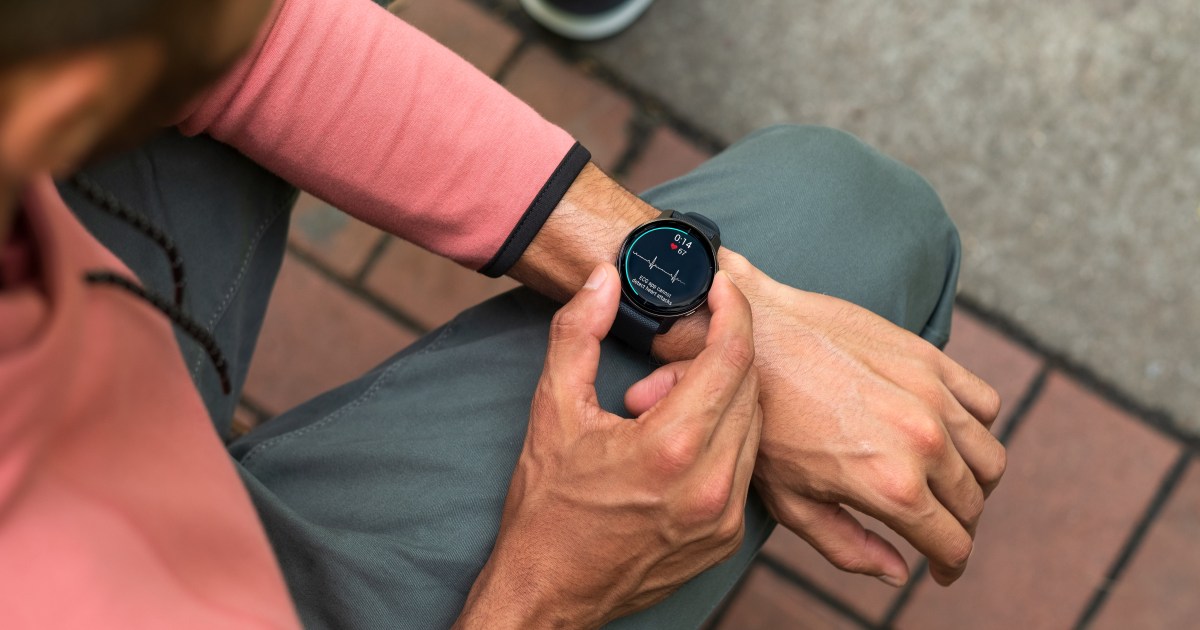The roles of health literacy and social support in the association between smartphone ownership and frailty in older adults: a moderated mediation model | BMC Public Health

To our best knowledge, this is the first study to investigate the relationship between smartphone ownership and frailty among community-dwelling older adults. Our findings indicated that health literacy played a mediating role in the association between smartphone ownership and frailty. Moreover, social support acted as a moderator, thereby enhancing the indirect effect of smartphone ownership on frailty through health literacy. Specifically, the beneficial effect of smartphone ownership on frailty was amplified with higher social support levels.
Frailty has been recognized as a significant contributor to adverse health outcomes in older adults [11]. Understanding the underlying mechanisms that cause frailty in the older population is crucial to develop effective prevention and intervention strategies. Previous research has emphasized the multidimensional approach to frailty prevention, including enhancement of physical activities, nutrition, mental health, and cognitive functions [39]. However, this study highlights the impact of digital device utilization by revealing that older adults who own smartphones are less likely to be frail compared to those who do not own smartphones. This finding offers empirical evidence that smartphone ownership among older adults can be a viable solution to prevent the development of frailty.
Health literacy mediated the relationship between smartphone ownership and frailty. The first part of the mediation pathway indicated that smartphone owners exhibited higher levels of health literacy compared to non-smartphone owners. Although a lack of research specifically investigated the association between smartphone ownership and health literacy, our finding aligns with previous studies reporting a significant relationship between smartphone ownership, internet access, and health literacy [14, 15]. Using a smartphone in older adults is closely linked to internet literacy [40], implicating increased accessibility to online health information. A population-based study conducted in the United States revealed that smartphone ownership was associated with greater confidence in obtaining health information when needed (odds ratio [OR] = 5.63, 95% CI = 1.05–30.23) [14]. Similarly, a national survey in Turkey reported that using smartphones as a source of health information was associated with increased general health literacy (β = 1.974, p < 0.01), disease prevention and health promotion-related health literacy (β = 2.535, p < 0.001), and healthcare-related health literacy (β = 1.428, p < 0.01) [15].
Although this study could not investigate the use of health-related mobile applications among smartphone users due to data constraints, the utilization of these applications can elucidate how smartphone ownership enhances health literacy among older adults. According to a national survey, about half of the Korean older population was capable of installing and using the necessary mobile applications, and this percentage continues to increase with the growing smartphone penetration rate [5]. This increased use of mobile applications has been associated with higher health literacy, particularly in the domains of information accessibility, understanding, appraisal, and practice [41]. Furthermore, mobile health applications can empower individuals by providing features that enhance interactive communication with health professionals and facilitate better understanding of medical information [13].
The second part of the mediation pathway revealed a negative association between health literacy and frailty, which is consistent with previous studies showing health literacy as a significant predictor of frailty [18, 20].
In addition, the direct effect of smartphone ownership on frailty was found to be significant. This suggests the presence of other pathways linking smartphone ownership and frailty that were not explored in this study. For example, smartphone ownership may reduce the risk of frailty through factors such as reduced depression, enhanced social activities, and promoted life satisfaction [9, 10, 39]. Moreover, regular engagement with touchscreen devices may contribute to cognitive performance in older adults, positively impacting frailty prevention [42]. However, there are competing viewpoints suggesting that the use of digital devices may lead to more cognitive concerns by promoting distractibility and lowering memory tasks [43]. Given that 19.4% of males and 22.6% of females in the same population were cognitively impaired [44], future studies should consider the impact of smartphone ownership based on cognitive functions. To uncover underlying mechanisms and provide a more nuanced explanation, it is recommended to explore how smartphone ownership could promote health literacy and lower frailty, considering various factors mentioned above.
Additionally, this study revealed that social support plays a moderating role in the relationship between smartphone ownership and frailty through health literacy. Social support strengthened the association between smartphone ownership and health literacy. Specifically, health literacy was greater when social support increased among smartphone owners. Conversely, social support did not affect the health literacy of older adults without smartphones (Fig. 2). These results are consistent with previous studies that emphasized the positive impact of social support on smartphone usability and online health information-seeking behavior among older adults [23,24,25, 45, 46]. Lacking social support (e.g., informational, organizational, instrumental, intergenerational, peer support) was identified as a barrier for older adults to engage in navigating online health information [45]. Additionally, social support for older adults promoted health-related online activity by enhancing their empowerment [46]. Our findings revealed a reinforced beneficial effect of smartphone ownership on frailty when older adults had better social support. This result supports previous findings that perceived social support from family or community was associated with low prevalence and incidence of frailty [27, 47, 48].
The present study provides evidence that smartphone ownership and social support levels can generate disparities in health literacy, thereby contributing to health inequalities among community-dwelling older populations. Health professionals and policymakers should integrate health literacy and social support as core components in strategies aimed at preventing and addressing frailty in older adults, particularly when designing interventions that leverage innovative digital technologies. Involving families and neighbors in health literacy education can be valuable for older adults who own smartphones and have sufficient social support to ensure sustainable support in preventing frailty.
Recent studies have reported the effectiveness of interventions using digital technologies in alleviating health disparities among diverse race/ethnicity groups, generations, socioeconomic statuses, and geographical areas [49, 50]. In particular, Korean public health centers have implemented a healthcare program targeting older adults in remote areas, combining smartphone applications and AI technologies to provide non-face-to-face consultations and health education. The initiative has proved effective in preventing frailty, improving self-care abilities, and ultimately reducing health disparities between urban and rural areas, where healthcare service access may be limited [51]. However, equal access to technology-based services depending on smartphone ownership remains lacking, and the lack of proficiency in using these technologies presents another equity problem [13]. Therefore, health professionals and policymakers should advocate for digitally-underprivileged older adults to promote their ability to use technologies for health [6]. Continuing traditional health education programs should be implemented to help older adults without smartphones promote their health literacy.
This study has several limitations. First, due to using secondary data, we assumed that smartphone ownership implies smartphone use among older adults. However, some people own smartphones but may struggle to master their use. Therefore, future studies should assess proficiency in smartphones use, considering age-related functional decline, such as visual and cognitive impairment, to gain a more comprehensive understanding of the relationship between smartphones, health literacy, and frailty in older adults [5, 52]. Additionally, it is necessary to assess whether smartphone owners explored online information and downloaded applications to support their health-related decision or obtained health information from other traditional sources (e.g., television, families or friends) to verify our hypothetical explanations. Second, the measurement of health literacy relied on self-reported, simplistic items assessing the ability to understand health information. However, the concept of health literacy has evolved to encompass digital health literacy. Therefore, adopting a broader understanding of health literacy is recommended to investigate its role in the association of smartphone ownership with frailty. Third, participants in the study were aged ≥ 70 years, who had lower smartphone ownership compared to those in their 60s. Due to the age characteristics of participants, biased results may be possible, warranting caution when generalizing findings to younger older adults aged < 70 years. Fourth, despite controlling for sociodemographic factors as covariates, there are limitations regarding unaddressed confounding factors, including health behaviors (e.g., alcohol consumption, smoking) and medical conditions (e.g., chronic diseases). Furthermore, considering the controversial correlation between cognitive function and smartphone use in older adults, there is a need for in-depth exploration of the mechanism across various levels of cognitive function. Lastly, the cross-sectional nature of the study prevents the establishment of causality, representing another inherent limitation. However, this study is meaningful as it unveils valuable findings by revealing a substantial association between smartphone ownership and frailty while utilizing nationwide data from older adults in Korea.
link







